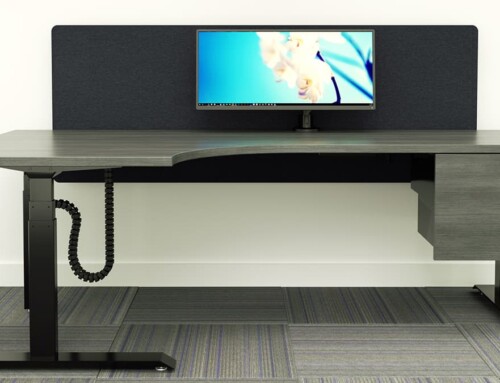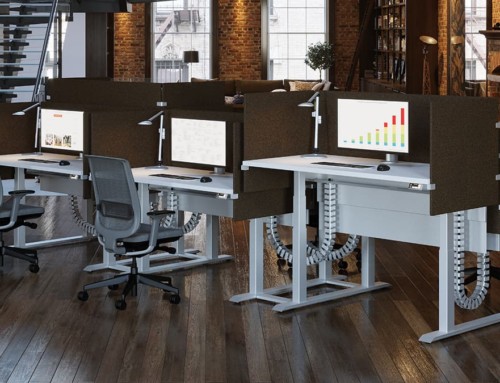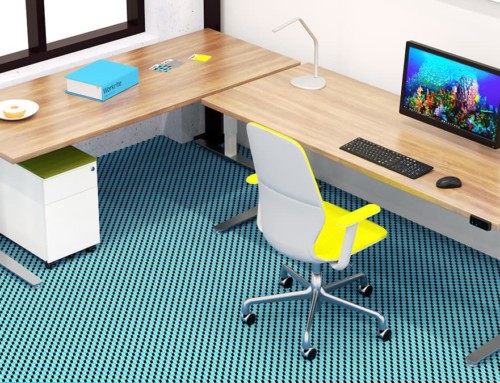Worktogether
Creating Collaborative Spaces That Work

As the modern office continues to change, interior designers and office furniture manufacturers must adapt to fit the needs of today’s employees and businesses. While classic office design focused (a bit too much) on spaces to do individual, heads down work, offices of the future are far more flexible.
People want options, movement, and creative environments in which to work. They don’t want to be stuck in a boring cubicle or siloed off from their colleagues in their own little corner of a huge office building. The modern office should encourage people to work together, communicate (in person!), and move around with ease.
There are a variety of ways to creates collaborative spaces in the modern office, but here are a few of our favorites:
Benching systems, for solo work and collaboration
The open office gets a bad rap, but this solution can be hugely effective at giving employees a dedicated workspace and inviting collaboration between team members. With a flexible benching system, offices can be rearranged to expand and contract with the changing needs of the business. Benching sit stand desks give each person full ergonomic support, and having the desks close to one another invites cross-functional collaboration that can generate creative ideas and form stronger relationships between co-workers.
- Work solo or work together
- Use privacy screens to reduce distractions
- Collaborate easily
- Communicate in person
- Maximize usable space
- Adjust desks individually for complete ergonomic support
- Modular and flexible to change with your business
Huddle rooms, for quick stand-up meetings
Think of the huddle room like a mini conference room without all the scheduling, preparation, and formalities. These collaborative spaces are great for small teams to work together or meet quickly and easily. A good huddle room will feature a large height adjustable table, wall-mounted monitor on an adjustable monitor arm, and a whiteboard or something similar for working out ideas. Huddle rooms are not meant for stuffy meetings with agendas and powerpoints, they’re best for collaborative brainstorming sessions that get everyone on the team involved.
- Meet in-person on the fly
- Work together with a bit of privacy
- Make it a stand-up meeting with a height adjustable table
- Make it interactive with whiteboards
- Keep it flexible with equipment that moves easily
Conference rooms, for larger groups and formal presentations
Old school conference rooms are not going away, but knowing how to use them effectively and when to use another form of collaborative work space is important to keep your team productive and successful. Meeting in a conference room can be helpful for formal presentations, but can also draw people away from their other tasks. Use conference rooms sparingly and refer to the above collaborative spaces to really get some team work done.
- Private space to meet with a larger group
- Great for formal presentations
- Keep meetings short and sweet
- Invite discussion to keep it collaborative
The way we work continues to change, so modern office design must adapt. Offices must include a variety of private and collaborative spaces to fit the different kinds of work we do throughout the day, and foster the kind of work that drives results. Making spaces for people to work together and collaborate in-person will help drive innovation in every division of the company. Constant collaboration allows us to come up with innovative ideas, quickly iterate on the ideas that work, and help us bring those ideas to fruition with the involvement of multiple people across different teams.




Connect with Us